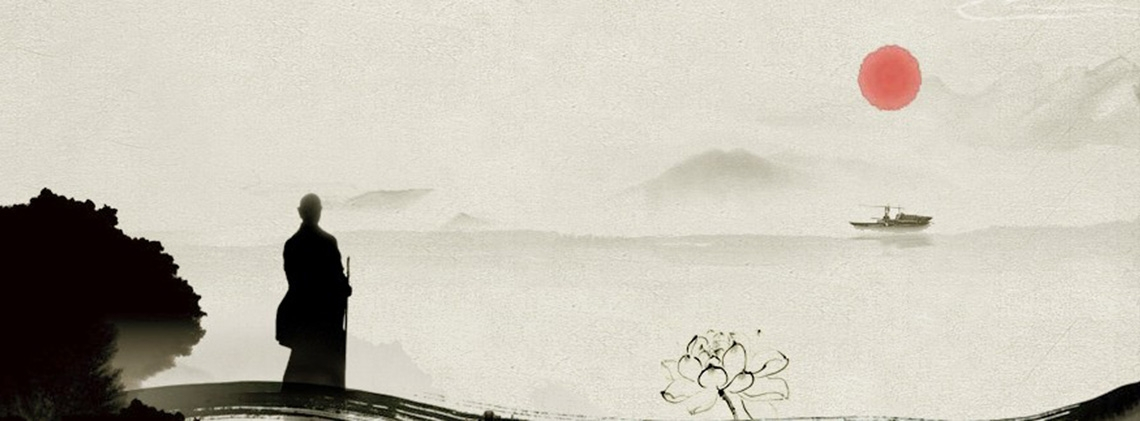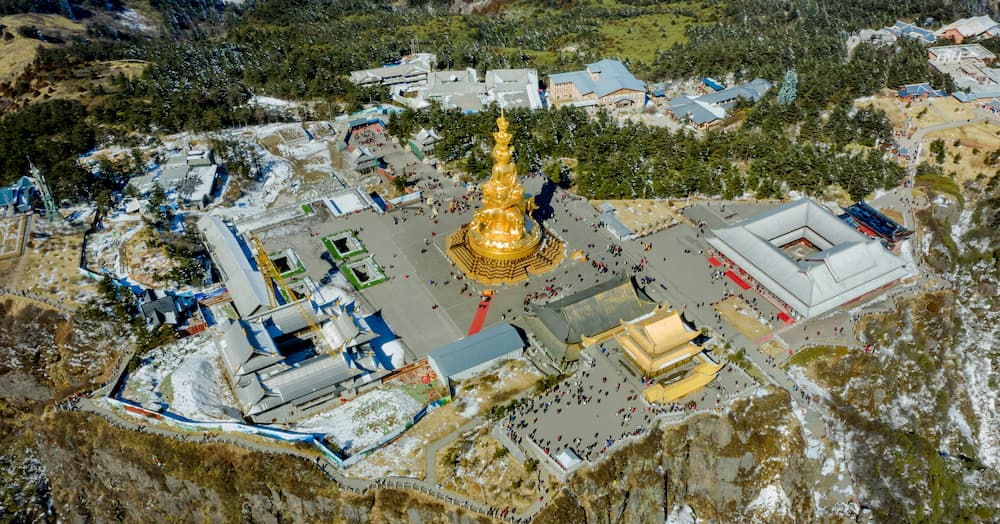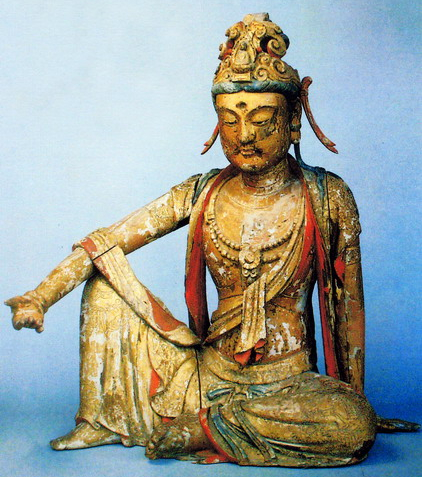
The Culture of Chinese Chan Buddhism
Splendid
Chi Culture
Topic
The Culture of Chinese Chan Buddhism
Chan (also Romanized in Japanese as Zen) is a vein of wisdom that has diffused worldwide. In Chan culture one can find the essence of Eastern culture. Growing out of roots in India, it flowered fully in China. Having flourished for over a millennium, it has profoundly influenced China’s social development and cultural progress.
The study of Chan includes the practice and theory of dhyana, which is an approach to meditation. Chan expounds on Buddhist doctrines of “precepts, absorption, and wisdom” (vinaya, samadhi, prajna), as well as on the “Eightfold Noble Path.” As Sinicized Buddhism thrived and developed, Buddhists conventionally combined the words “Chan meditation” into a single term. With the emergence of the Chan sect, this term took on richer implications. Through interpenetration and synergy with native belief systems (Ruism and Daoism), Buddhism in China gave rise to the sect of Chan Buddhism, which gradually became a uniquely Chinese branch of Buddhist doctrine.
Since the debut of the Chan school, the thinking of Chan masters has been represented through Chan doctrine. Development and evolution within the sect also is reflected in Chan doctrine. Among Chinese Buddhist sects, Chan has been in circulation for the longest time, with a history that can be traced back 1500 years. Its influence on Chinese intellectual history and even on world culture has been deep and long-lasting. The core ideas of Chan Buddhism may be summed up as follows: “being directly concerned with the human heart-mind, upon discovery of one’s real nature one thus achieves Buddhahood.” The Liuzu tan jing (Platform sutra of the Sixth Patriarch), authored by the sixth Chan patriarch Master Huineng (638–713), marked the maturity of Chan philosophy and thus became the classic work of the school. Its influence is felt in various fields such as philosophy, government, literature, art, and even daily life. The Shaolin and Nanhua monasteries, two ancestral sites of the Chan school, are famous Buddhist monasteries in China.
Chan cultivation, as the name suggests, is the practice of Chan Buddhism. Chan cultivation refers to self-development in terms of “precepts, meditation, and wisdom”—that is, improving one’s moral character, meditating in stillness, and enhancing one’s intelligence. The “Eightfold Noble Path” divides the cultivation of “precepts, meditation, and wisdom” into eight aspects which are viewed as the eightfold dharma path, namely: correct views, correct thought, correct speech, correct action, correct livelihood, correct effort, correct mindfulness, and absorption. Among them, correct views and correct thought belong to the study of “wisdom”; correct speech, action, and livelihood belong to the study of “precepts”; correct effort, correct mindfulness, and correct effort belong to the study of “meditation.” To practice the Eightfold Correct Path, by means of Chan cultivation, aims to cultivate the “three treasures” at various cognitive levels to gradually elevate one’s realm of spiritual attainment.
Appreciation of tea, when done to enhance meditative immersion and the quest for enlightenment, or when used as a source of metaphors and discursive analogies about Chan, can in all cases be called “Chan Tea,” as long it has to do with Buddhism and the study of Chan. In the eyes of Buddhist practitioners, tea is Chan, and, drinking tea is Chan cultivation. The origin of Chan Tea may be traced back to Patriarch Bodidharma, who immersed himself in Chan practices while facing the wall at the Shaolin Monastery. Planting tea shrubs and drinking tea subsequently became increasingly popular among Chan monks. Drinking tea even formed of the monastic institutional system. The inclusion of Chan cultivation in tea culture gave rise to the unique Chinese culture of Chan Tea. Tea-drinking therefore assumed the basic attributes of being “correct, pure, harmonious, and elegant.”
Chan painting refers, in layman’s terms, to all kinds of paintings having themes of Chan study, Chan philosophy, Chan monks, Chan wit, and so forth. In a Chan painting the artist incorporates Chan thought into the artwork, which in turn embodies and manifests Chan. Such a painting focuses on themes of Chan meditation and enlightenment, whereby the work presents reflections and insights about one’s life and soul, pointing toward infinite wisdom.
As for Chan poetry, it is a literary form which infuses verse with Chan philosophy: thus poetry becomes an embodiment of Chan and the two are fused into a unity. It may be divided into two categories. The first is poetry on Chan philosophy, which can be called Buddhist philosophical poetry: this is a kind of Chan poetry that expresses Buddhist thought, Buddhist doctrines, and Buddhist wisdom. The second category is poetry on Chan cultivation, which poetically conveys the content of Chan meditation. It ingeniously combines Chan meditation and the joy of poetry. It is rhythmic in meter and contains the infinitely evocative imagery of Chan.







